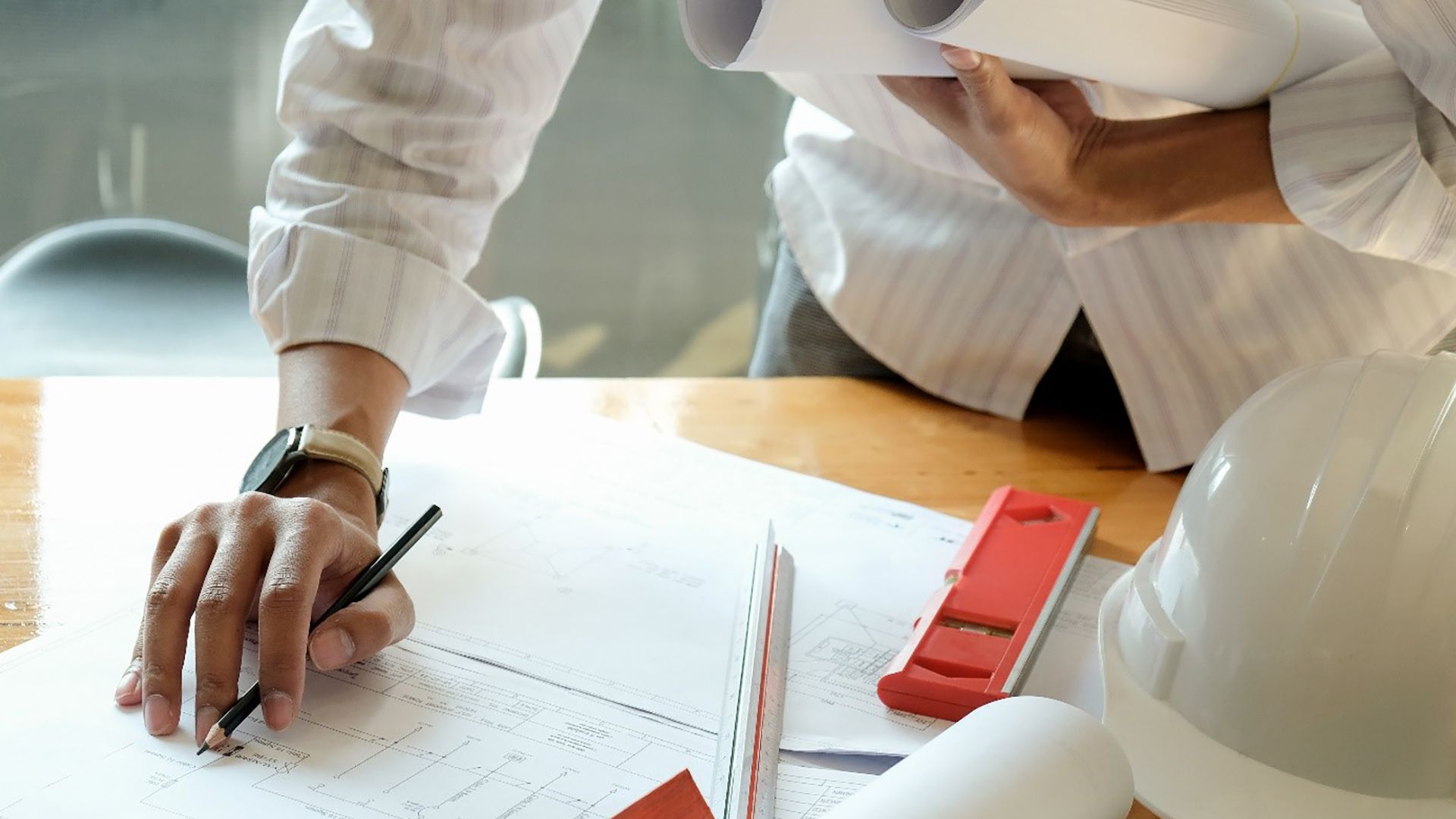You’re not overthinking it. There’s nothing wrong with preparing for the worst. Flooding is becoming more frequent due to climate change, and it’s getting more damaging. Even places that never had problems with flooding before are now experiencing high water levels, too. So, in any case, it’s better to take safety precautions even before anything happens.
Floodproofing is the act of retrofitting your house to reduce or eliminate the damage to your real estate during unexpected flooding in your area. This can be done by combining structural or non-structural changes, additions, and adjustments to the property and its facilities.
If you’re planning to buy a property to build a new house, it’s important that as early as the construction, the safety features are already incorporated into the house. But if the house is already built, you can still do something to ensure you’re prepared for the worst.
Here are some proven, practical ways to make your house flood proof in preparation for the rainy season:
1. Evaluate the area for possible risks

Check the piece of land or property if it’s prone to frequent and severe flooding before buying or signing the lease. The first step to flood proofing your house is to avoid it as much as possible. However, it’s impossible to completely predict the possibility of flooding because of the rapid changes in the environment. Therefore, evaluations are done to check how bad the possible flooding is and if your house can withstand it in the long run.
You can do this on your own by checking the past flood reports for your region or city. Or you can check flood maps if there are any available. You can also talk with people around the area and ask about the place. In cases where you want to ensure a more accurate assessment, you can hire experts to do it for you.
2. Elevation
This type of floodproofing is one of the oldest methods where you build the structure at a height equal to or higher than the flood water. There are several ways to apply elevation to your house without compromising the overall look. Stilts are a possible option if its houses are made of light materials or the ones built near beaches. For city dwellers, pillars and raised platforms are great options to elevate your home and lessen the possibility of water entering.

Letting flood water enter or soak your house for a long time can be damaging, so you must avoid it as much as possible. However, this is way more expensive than the others.
3. Building floodwalls
The floodwall technique is usually done to protect a whole city from flooding. However, some houses are starting to adopt this in their individual dwellings. This way can prove beneficial if you have already started building the house and couldn’t provide elevation to it.
Floodwalls are perimeter walls with watertight gates that keep the water out of your whole property while the outside is flooding. If you’re short on cash, you can compromise by building flood walls only to secure your house while submerging your garden area in water. The crucial thing is that your home remains dry.

4. Dry floodproofing
If you don’t plan on investing in stilts or floodwalls, then you need to invest in reinforcing the house itself. Dry floodproofing is when you let the flood water reach the walls of your home but not the inside. You need to keep the water out of your house as much as possible for as long as possible.

For this to happen, you need to consider installing flood proof windows and doors, which are a little more pricey but definitely worth the money. Another tip is to raise the doors, airbricks, and utility entries and apply coats and sealants to your foundation, walls, windows, and doorways to secure the cracks and avoid leakage.
5. Install foundation vents or sump pumps

This technique is known as “wet floodproofing,” where you allow flood water to enter your home and exit through foundation vents. It prevents flood water from pooling around your house and reduces the pressure it causes on your walls and windows. If your house has a flood-prone basement, you need sump pumps or sewage water backstops to pump the water out. You can have an experienced or licensed plumber install this in your house.
If you’re planning to do wet floodproofing, it’s necessary to raise your electrical outlets and switches in case water enters your house. Place all circuit breakers and other electrical outlets 1-2 feet above flood level to reduce the chances of electrical damage, or worse, electrocution. Another safety tip is to design your house in such a way that your essential electrical appliances, like refrigerators, are above an elevated platform in your house.
6. Check and change the landscaping
If your lawn tilts towards your house, water pooling around your home will increase. Regrade your yard so the surface runoff will be directed to proper sewage away from your house. Convert your asphalt driveways into brick or gravel and use an absorbent mulch to absorb heavy rain.
However, leaving a space between your mulch and your siding is better because wet mulch can increase the chances of your house’s siding rotting. Rotting can cause leakage in the long run.

Flooding is a natural disaster that is becoming more unpredictable. You can’t always escape its occurrence, but you can always prepare for it. Floodproofing your house will require you to invest more money, but it will be worth it in the long run.
However, if the flooding in your area has a history of reaching rooftop levels in houses, you might want to relocate somewhere safer. No amount of property can suffice for the lives that will be at risk if you choose to situate your house in a high-risk zone.
Find out more about these stories at http://themindanaolife.com/ or you can visit http://politico.ph/ for the latest news and updates.




